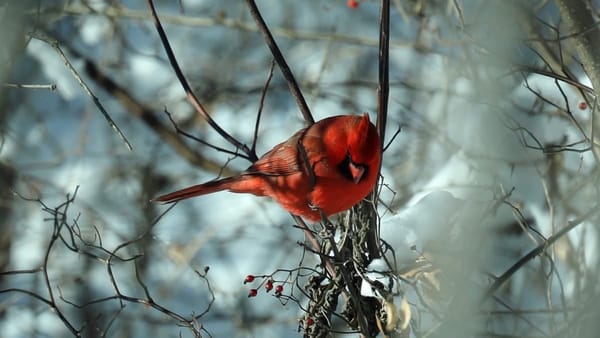How to save the fireflies
You can encourage and attract fireflies to your yard, but it's complicated.

It's not just you: fireflies, the joy of a Midwestern twilight, really are rarer than they used to be. So far, scientists, who only noticed the problem when you did, a few years ago, think the major causes are artificial lighting, pesticides, and other changes in habitat. Short of ordering them online (which you can't), can you and I do anything to bring back the fireflies to our neighborhoods? Well yes, and here are a few suggestions, though your neighbors are not guaranteed to like them all.
- Turn off the lights outside. Fireflies light up to mate, so porch lights confuse the romance. Enjoy the evenings in the dark. Convince your neighbors to do the same. Turning off the streetlights may take more convincing.
- Leave standing water, such as puddles or even a basin. Fireflies are most common in humid fields and wetlands, but then, so are mosquitoes.
- Don't cut your grass so short or so often. In the words of Doug Taron of the Chicago Academy of Sciences, fireflies don't like "having your lawn looking like a putting green." But taller grass hides females who wait for their sweethearts close to the ground. Unfortunately, tall grass also encourages ticks and annoys neighbors.
- Make a wood pile, even if you don't have a fireplace. Or leave piles of sticks lying around in your yard. Some kinds of fireflies prefer to lay their eggs in rotted wood, since those places are best for the slugs, snails, worms, and other soft bugs that baby fireflies like to consume. Again, your neighbors may or may not appreciate this.
- Pretend to be a female firefly. It takes practice, but you can try to flash one of these keychain LEDs in rhythm with the female fireflies closer to the ground. If you get the timing right (use a stopwatch), theoretically you will attract more wandering fireflies, which are male. Of course, when they discover you are just a keychain LED and not the love of their life, they will be disappointed. Still, I think this could be a fun family activity for the kids.
Barbara Williams with the Natural Land Institute explains it all in video form:
<!-- EMBEDDED YOUTU.BE URL: https://youtu.be/uTqhd1Tr38I -->





